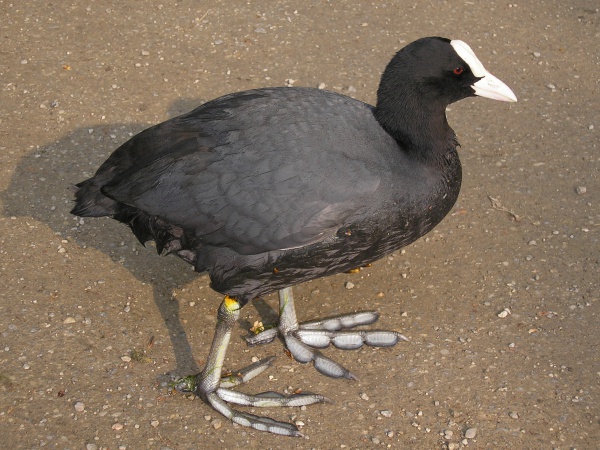Facts About Eurasian coot
The Eurasian Coot, also known as the Common Coot or Australian Coot, is an intriguing bird belonging to the rail and crake family, Rallidae. These birds are widely distributed across Europe, Asia, Australia, New Zealand, and parts of North Africa. They are easily recognizable by their slaty-black bodies, glossy black heads, and distinctive white bills with frontal shields. There are four recognized subspecies of the Eurasian Coot.
First described by Carl Linnaeus in 1758 as Fulica atra, the Eurasian Coot is quite vocal, known for its crackling calls. Its diet is as varied as its range, including small live prey, eggs of other water birds, algae, vegetation, seeds, and fruit.
Unlike many other rail species that prefer to stay hidden, Eurasian Coots are more outgoing. You might see them swimming openly or strolling on waterside grasslands. During the breeding season, they can be highly territorial, but in the non-breeding season, they often gather in large flocks. These birds are not skillful fliers; they prefer to run across the water surface when taking off.
One of the most interesting aspects of the Eurasian Coot is its breeding behavior. Both parents participate in building the nest, incubating the eggs, and caring for the chicks. Unfortunately, many chicks do not survive due to starvation rather than predation. When food is scarce, coots can become aggressive even toward their own young. In some cases, they may even lay their eggs in other coots' nests.
As omnivores, Eurasian Coots employ various feeding techniques. They graze on land and dive for food in the water. They are also covered under the Agreement on the Conservation of African-Eurasian Migratory Waterbirds (AEWA), highlighting their ecological importance and the need for conservation.

 Montenegro
Montenegro